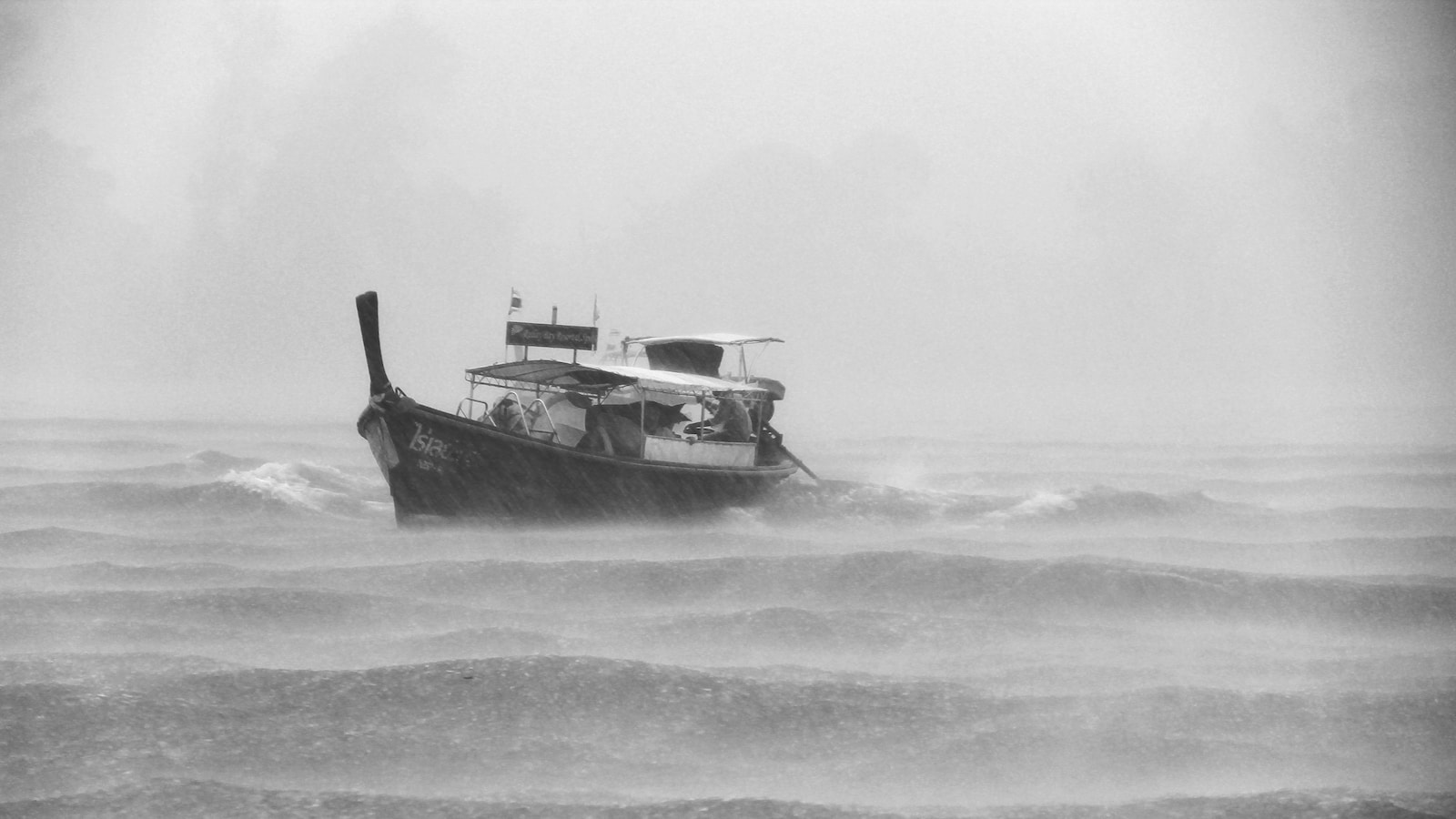Table of Contents
ToggleIntroduction:
Cyclone Mocha has caused devastation along the coastlines of Myanmar and Bangladesh. The storm intensified into the equivalent of a category-five hurricane and ripped through hundreds of makeshift shelters, causing destruction and fatalities. The Burmese military has declared Rakhine state a natural disaster area, while Bangladesh evacuated 750,000 people ahead of the storm. This article will explore the impact of Cyclone Mocha in both countries.
Myanmar:
Cyclone Mocha caused significant damage in Myanmar, with up to 90% of Sittwe, the capital city of Rakhine state, destroyed. The storm crashed through houses and cut power lines, while camps for displaced Rohingya were also ripped apart. Six people have been reported dead, including a 14-year-old boy who was killed by a falling tree.
Authorities have declared Rakhine state a natural disaster area, and the Myanmar Red Cross Society is preparing for a major emergency response. Electricity and wireless connections were disrupted across much of Sittwe, and footage online showed roofs being blown off houses, telecom towers brought down, and billboards flying off buildings amid teeming rain across the region.
Bangladesh:
Authorities in Bangladesh evacuated 750,000 people ahead of the storm, and the streets of Cox’s Bazar emptied as the cyclone intensified. The cyclone caused no major damage, but landslides and floods are still hitting the country. No casualties have been reported in Bangladesh so far.
Nature was also punishing the poor in the world’s largest refugee camp nearby. Bangladesh’s government does not allow Rohingya refugees to leave the camps, nor to build permanent structures. As the cyclone hit, they hunkered down in flimsy bamboo shelters with tarpaulin roofs. Some were moved to community shelters within the camps, which offered little more protection.
Impacts on the People:
Hundreds of people crammed into a school which had been turned into a temporary cyclone shelter. Mothers with babies, young children, the elderly, and the frail packed into any available space in the classrooms, sleeping on desks, and sitting under them. As many arrived at the shelter in rickshaws and on foot, they brought their livestock – cattle, chickens, goats – as well as mats to sleep on.
Storm surges of up to four meters could swamp villages in low-lying areas, and people living on the riverbanks were fearful their homes may be submerged. They had come from fishing and coastal villages up to two hours away, making a difficult choice. Last year, another cyclone, Sitrang, destroyed many houses, forcing people to spend what little money they had on repairing them.
Conclusion:
Cyclone Mocha has highlighted the importance of disaster preparedness and resilient infrastructure. The storm has caused significant damage in both Myanmar and Bangladesh, with many people losing their homes and possessions. Although authorities have evacuated many people and set up shelters, more needs to be done to ensure people are protected from future storms. As the world continues to grapple with climate change, the devastation caused by Cyclone Mocha is a stark reminder of the need for urgent action.







